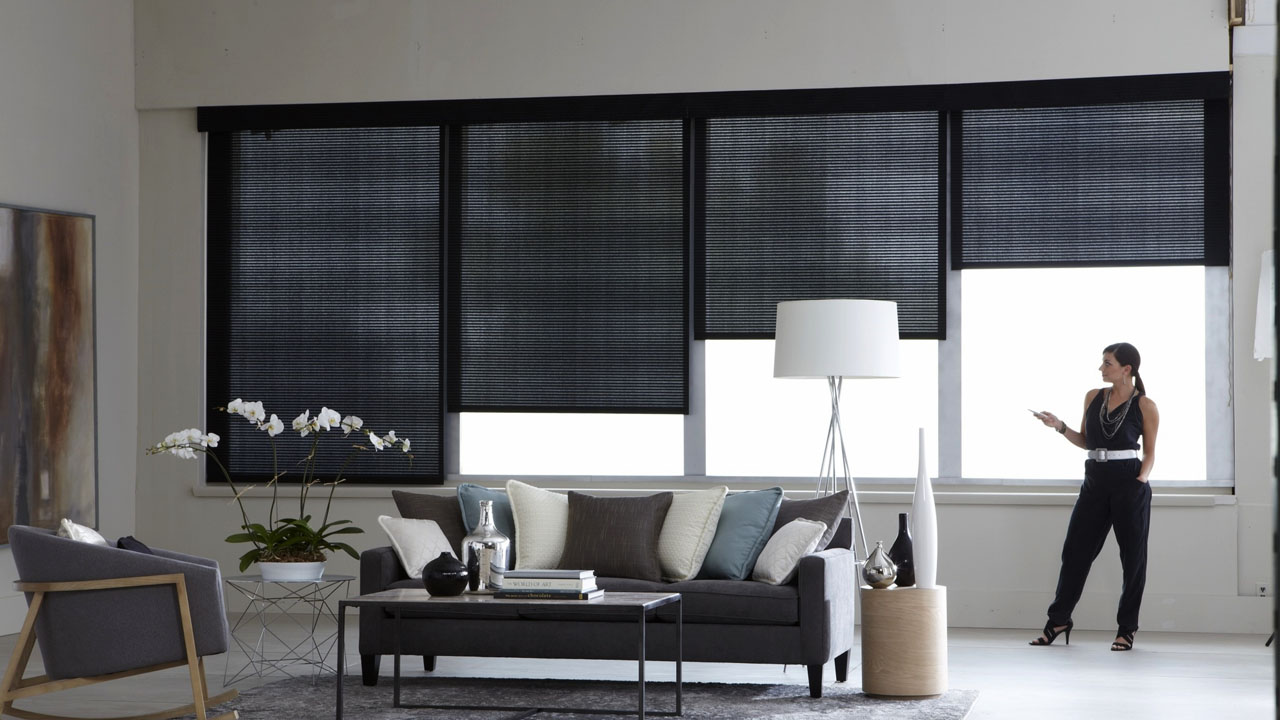
How to Use Blinds to Make Small Spaces Look Bigger?
Need some help?
When living in a smaller space, every design choice matters, from your furniture layout to your window coverings. Blinds are one of the most underrated tools in interior design when it comes to transforming how large or small a room feels. With the right selection, you can create a sense of openness, enhance natural light, and make even the most compact areas feel spacious and inviting.
At Hassle Blinds, we believe style and practicality should go hand in hand. Here’s how you can use blinds strategically to make your small spaces appear larger, brighter, and beautifully balanced.
1. Choose Light and Neutral Colours
Light shades have an incredible ability to open up a room. Colours such as white, cream, beige, or soft grey reflect natural light, giving the illusion of a larger area. In contrast, darker blinds tend to absorb light, which can make the space feel smaller and more enclosed.
If your décor features bold colours, try pairing them with neutral blinds for contrast. This not only keeps the room visually balanced but also ensures your windows remain a focal point that adds lightness rather than heaviness to the space.
2. Minimalist Designs
Clutter is the enemy of space. The simpler your blinds, the more streamlined your room will feel. Venetian blinds, roller blinds, and vertical blinds are perfect examples of clean-lined designs that promote a sense of order and openness.
Avoid overly fussy patterns or thick materials that dominate the window. Instead, go for styles that sit close to the frame, creating smooth, uninterrupted lines. This minimalist approach helps the eye move freely across the room, enhancing that all-important sense of spaciousness.
3. Let in as Much Natural Light as Possible
Natural light is the key to making small rooms appear larger. Blinds give you complete control over how much light enters your space, so use that flexibility to your advantage.
Day and night blinds or light-filtering roller blinds are ideal for this. They allow soft daylight to fill the room while maintaining your privacy. Wooden or faux wood Venetian blinds also work wonderfully; you can tilt the slats to let in just the right amount of light without sacrificing control.
4. Hang Blinds Slightly Above the Window Frame
Here’s a designer’s secret: mounting blinds a little higher than the actual window can instantly make the room feel taller. When you install your blinds closer to the ceiling line, the eye is naturally drawn upwards, giving the impression of height and space.
Similarly, extending the blinds slightly beyond the window frame horizontally can make the windows themselves appear wider. This trick works particularly well in smaller bedrooms or narrow living areas where every centimetre of perceived space makes a difference.
5. Consider Vertical or Horizontal Lines
Lines play a crucial role in visual perception. Vertical blinds naturally draw the eye upwards, adding height and creating a sense of loftiness. They’re perfect for patio doors or tall windows.
On the other hand, horizontal blinds, such as Venetian or wooden blinds, make narrow rooms feel wider. If you have a small kitchen or compact study, horizontal lines will visually expand the space, making it feel more balanced and less confined.
6. Choose Materials that Reflect Light
If you want to maximise the feeling of spaciousness, consider materials that reflect light rather than absorb it. Faux wood, aluminium, and glossy finishes can bounce light around the room, enhancing brightness and depth.
For example, white Venetian blinds with a subtle sheen not only look elegant but also reflect sunlight, amplifying the room’s sense of space. Pair them with a simple curtain or sheer panel if you want to soften the look without reducing the reflective effect.
7. Keep Your Windows Clear and Uncluttered
Even the best blinds won’t create a spacious feel if the area around your windows is cluttered. Keep your window sills tidy and avoid heavy accessories that block natural light.
Simple décor, such as a small plant or a decorative vase, is enough to add character without overwhelming the area. The goal is to create a clean, open view that complements your blinds and enhances the perception of depth and openness.
8. Use Blinds to Create Zoning in Small Spaces
If you live in a studio flat or an open-plan area, blinds can be a great way to define spaces without building physical barriers. For example, you could use vertical blinds as a room divider or install day and night blinds that subtly separate a sleeping area from a living zone.
This creates a visual distinction while keeping the space light and airy, ideal for modern, multifunctional living spaces.
9. Add Texture Without Overwhelming the Room
While plain blinds help maintain simplicity, a touch of texture can add warmth and depth without crowding the space. Think woven wood, subtle linen-look fabrics, or textured roller blinds in light tones.
These designs introduce visual interest while keeping the aesthetic calm and cohesive. The key is balance, enough texture to add personality, but not so much that it distracts from the sense of openness.

